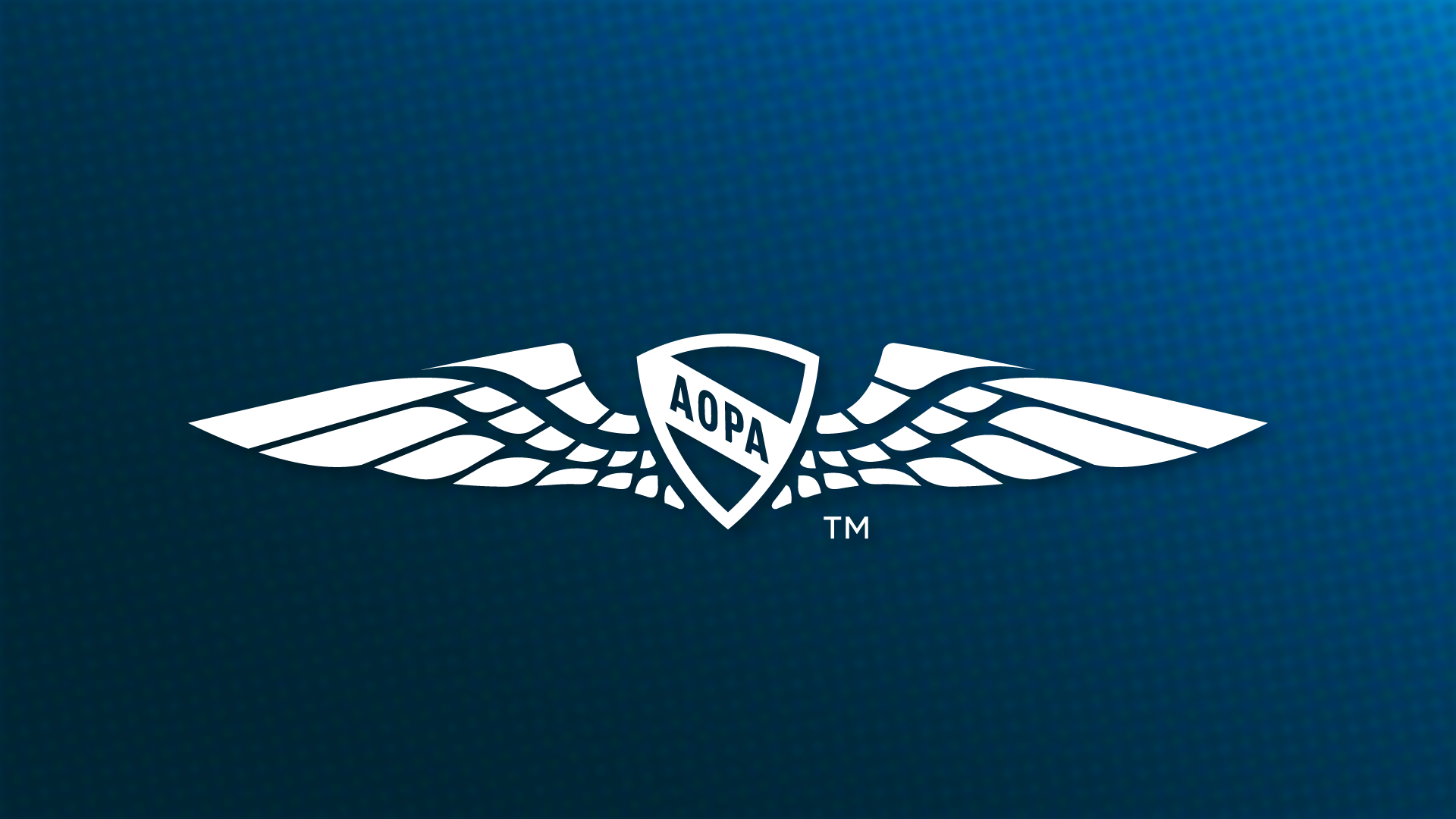When you land in a crosswind, your goal is to maintain runway heading on final approach. The winds, meanwhile, are just as intent on pushing your airplane away from the extended centerline on which you are taught to roll out on final. You can keep your airplane on track by performing a crab-that is, keeping the wings level but adjusting your heading during descent so that the airplane's ground track is aligned with the runway. Your airplane's nose is pointed into the wind as you descend. You hold the crab until the airplane is a few feet above the runway. Since you don't want to land sideways, you "kick out" the crab just before the wheels touch down by applying rudder to align the fuselage with the centerline while using aileron to keep the upwind wing from rising. You'll touch down first with the upwind main wheel, then the other main wheel, followed by the nosewheel.
Now go back to the base leg and imagine that you are rolling out on final with a crosswind pushing you from your desired ground track. Instead of "crabbing" into the wind, this time you keep the airplane's fuselage pointed down the runway by lowering the upwind wing with the ailerons and using appropriate rudder to keep from drifting off your desired course. The slip, or sideslip, can be held all the way to touchdown and through the flare. Performing a slip means you are flying the airplane cross-controlled, or uncoordinated, at a very low altitude. It's imperative that you keep the airplane's nose down and maintain the airspeed recommended by the pilot's operating handbook. Your instructor will discuss using a higher airspeed on approach depending on how gusty the crosswinds are.
You may start off learning to crab and then transition to a slip just above the runway, but as you become more adept at handling an airplane, your instructor will show you the more labor-intensive slip for the full approach and landing. Both methods have their pros and cons; you'll learn to choose the one that best suits the flying conditions in which you find yourself on that day.



